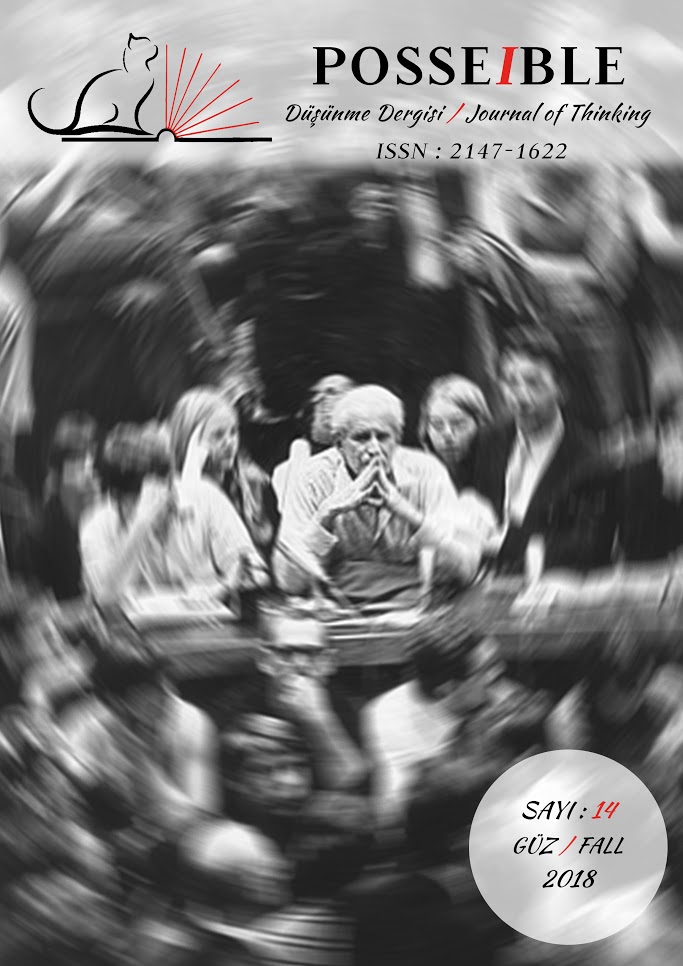Dolaysız Çıkarımlar ve Tasım
Anahtar Kelimeler:
Dolaysız çıkarım, tasım, tasım şekli, tasım kipi, tasım ilkesiÖzet
Geleneksel terim mantığının standart indirgeme kuramında, birinci tasım şeklindeki geçerli kipler ayrıcalıklı bir statü taşırlar. Çünkü diğer iki (veya üç) tasım şeklindeki (geçerli) kiplerin geçerliliği, birinci şekilden kipler ve bazı tasım-altı yani dolaysız çıkarımlar kullanılarak tanıtlanırken, birinci şekilden kiplerin geçerliliği bu indirgeme planının tamamen dışında kalan bir ilkeye – geleneksel adıyla dictum de omni et nullo’ya – dayanır. Immanuel Kant, Eleştiri öncesi dönemindeki bir yazısında (Kant 1762), bu olgudan hareketle, yalnızca birinci şekilden kiplerin arı akıl yürütme biçimleri olduklarını, diğer üç şeklin ise tasım kuramına yanıltıcı bir karmaşıklık getirdiğini savunmuştur. Fransız felsefeci Jules Lachelier ise, bu çalışmasında, Aristoteles’in meşru saydığı ilk üç tasım şeklinin her birinin kendine özgü ayrı bir ilkede zeminlendiğini ve dolayısıyla bu şekillerdeki geçerli kiplerin her birinin (bir anlamda) arı bir akıl yürütme biçimi oluşturduğunu savunmaktadır. Ama daha önemli olarak Lachelier, kendi kategorik önerme anlayışına dayanarak, standart indirgemelerde bir kısmına başvurulan, görünüşte iki terimli ve tek öncüllü (yani dolaysız) olan çıkarımların, aslında kılık değiştirmiş iki öncüllü ve üç terimli çıkarımlar, yani düpedüz tasımlar olduklarını ve üç tasım şekline ait aynı ilkelerde zeminlendiklerini göstermektedir. Ayrıca Lachelier, tasım şeklinin içlemsel zemini fikrini, ayrı bir dördüncü şeklin geleneksel inkârı için bir gerekçe olarak kullanmaktadır.








